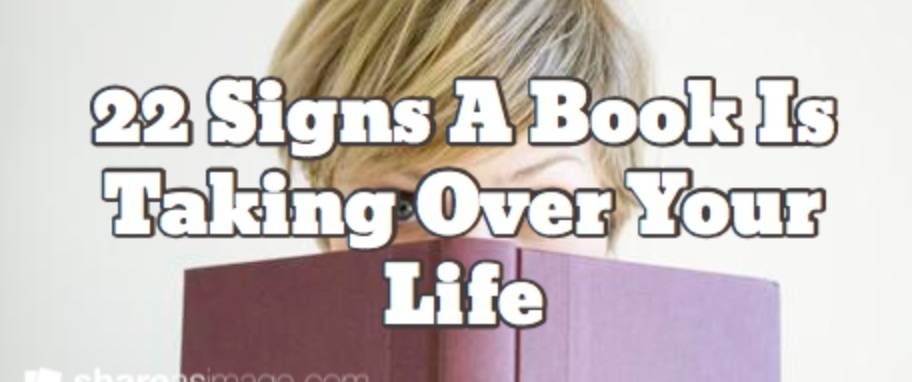
On Suggested Reading Order
Last week, I decided to give in and begin the feat of reading the complete House of M. Since this is a long series, made up of dozens of collected issues, there could be some confusion in regards to how the series was read at its original release.
In cases like this one, Marvel Unlimited is a wonderful thing.
This is partially thanks to its near-exhaustive digital backlog. This is also greatly thanks to the words Suggested Reading Order.

Yeah, I wouldn’t have thought to read all of the first issues together. Don’t ask me why.
This isn’t always required when you’re starting a new reading venture; most things are simple. Start at the beginning, read to the end.
But with monster events like House of M, I wasn’t even sure where that was or how many different titles fell under the event. So I was really happy to see that button when I went in search. The event takes place across the entire Marvel universe, so it’s not just the Complete House of M we’re talking about here. We’re talking Iron Man, Spider-Man, Fantastic Four, all the key players and lots of others. So having one page with the reading order–helpful when I need to read Cable & Deadpool #17 and Incredible Hulk #84–makes for a much better reading experience.
But what if I’m not using Marvel Unlimited?
There are lots of ways that publishing companies and other concerned citizens have guided me in their preferred directions. My most recent self-imposed suffering of this nature came with the Hawkeye trades. Since I don’t read them in issues, I noticed when I got L. A. Woman that it skipped several issues–and of course went back to MU to read the ones it skipped, confused. Of course, if I’d just read the description of Volume 4, Rio Bravo which comes out in March, I would have understood what was going on. All the issues that L. A. Woman skipped were in the alternate storyline, and that great thing about trades? They can be in whatever order of issues the publishers want them to.
But when publications and publishers aren’t there to tell you which way to read, or if you’re trying to read something particularly specific (say, the complete appearance of Ronan from Fantastic Four to the present–which my husband totally decided he wanted to find), I’ve found that resources avail themselves abundantly via Google. Honestly, for the Big Two, since we’re talking events here, going on the wikis (the DC Comics Database or the Marvel Comics Database) can give you plenty of first and following appearances. Anything outside of that that might have a suggested reading order outside of capes and tights (that’s not obvious in the numbering of issues) would be via the authors of individual titles. Does Neil Gaiman want you to read Sandman Overture before or after what’s already out?
Gotta ask him, dude.











